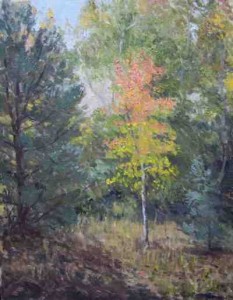Brief by Central Staff
Wildlife – November 2006 – Colorado Central Magazine
Some mountain goats will be moving from Central Colorado to the Black Hills of South Dakota this month, as that state tries to restore its herd, which has been shrinking since 2000.
The plan is to capture up to 40 goats from “a wilderness area near Leadville”and transport them to the Black Hills. There, the population has fallen to about 100 animals.
Tony Leif, a state wildlife program administrator, said they were uncertain why the population had declined. But possible factors include changes in habitat, increased human activity, a growing mountain lion population (one of the few predators goats need to fear), and lack of genetic diversity.
South Dakota’s herd started from six goats imported from Alberta, Canada, in the 1940s, and state wildlife officials would like to get it back up to 400. Colorado’s dates back to 1948, when eight mountain goats from Montana were released near Mt. Shavano west of Salida.
There’s a fair amount of controversy (see the September, 2002, edition of Colorado Central) as to whether mountain goats were ever native to Colorado in the 30,000 years before that. A 1993 study, citing early explorers, said they were; a 2002 study said those alleged sightings were in error.
Mountain goats generally live in the rocks above timberline, and have thrived in many Colorado mountain ranges, perhaps displacing some bighorn sheep from their habitat.
Colorado Central’s management saw three of them last summer, but didn’t have a camera along. The goats were not gamboling above timberline, but were standing in the middle of the Marshall Pass road a couple of miles east of the summit — drinking from oily puddles rather than from the swift rivulets nearby.
They did not have majestic thick white coats, but were instead a rather ratty gray. They definitely had goat horns, though, so perhaps they were escaped domestic goats gone feral.
Sending Colorado goats to South Dakota is returning a favor, because over the past 50 years, Colorado has occasionally imported goats from South Dakota, as well as Idaho and British Columbia.


